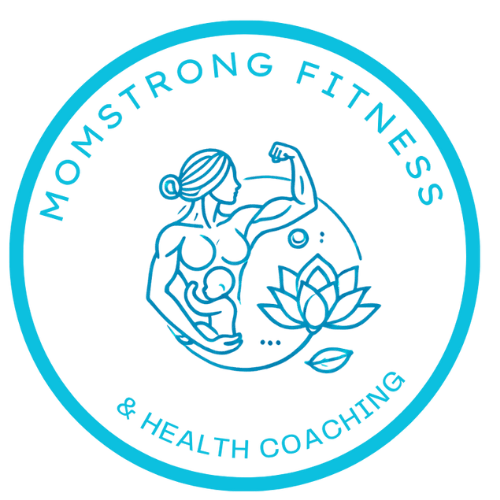
Embarking on a fitness journey can be both exciting and daunting, especially for women who are new to structured exercise programs. Whether your goal is to improve strength, enhance flexibility, lose weight, or simply adopt a healthier lifestyle, starting your fitness training with the right approach sets the foundation for long-term success and enjoyment.
Setting Clear Goals
The first step in beginning your fitness journey is defining clear and achievable goals. Consider what you hope to accomplish—whether it's running a 5K, gaining muscle tone, or increasing overall stamina. Setting specific, measurable, and realistic goals helps you stay focused and motivated throughout your training.
Assessing Your Current Fitness Level
Before diving into a new exercise regimen, assess your current fitness level. This evaluation can be as simple as measuring your weight, checking flexibility, or timing how long you can sustain physical activity. Understanding where you stand allows you to tailor your workouts to suit your abilities and gradually progress over time.
Choosing the Right Exercise Program
Selecting the right exercise program is crucial for success. Women often benefit from programs that incorporate a variety of exercises to target different muscle groups and keep workouts engaging. Options such as cardio, strength training, yoga, or group fitness classes offer diversity and cater to individual preferences and fitness levels.
Starting Slow and Gradually Increasing Intensity
Starting slow is key to preventing injury and building endurance. Begin with low-intensity exercises and gradually increase the duration and intensity as your fitness improves. This approach allows your body to adapt and reduces the risk of burnout or overexertion.
Incorporating Strength Training
Strength training is essential for women to build lean muscle mass, boost metabolism, and improve overall strength and bone density. Include exercises using body weight, free weights, or resistance bands to target major muscle groups like legs, arms, and core. Aim for two to three strength training sessions per week, alternating muscle groups to allow for recovery.
Balancing Cardiovascular and Flexibility Exercises
Incorporate cardiovascular exercises, such as brisk walking, jogging, or cycling, to improve heart health and burn calories. Additionally, prioritize flexibility exercises like yoga or stretching to enhance range of motion, reduce muscle tension, and improve posture. A well-rounded fitness routine combines strength, cardio, and flexibility training for optimal results.
Seeking Professional Guidance and Support
Consider seeking guidance from a fitness professional, such as a certified personal trainer or fitness coach, especially if you're new to exercise or have specific goals in mind. A trainer can provide personalized workouts, ensure proper form and technique, and offer motivation and accountability throughout your journey.
Staying Consistent and Celebrating Milestones
Consistency is key to achieving fitness goals. Establish a regular workout schedule that fits your lifestyle and commit to sticking with it. Track your progress, celebrate small milestones, and stay motivated by recognizing improvements in strength, endurance, or overall well-being.
Conclusion
Starting your fitness training journey as a woman involves setting clear goals, assessing your current fitness level, choosing the right exercise program, and gradually increasing intensity. By incorporating strength training, cardiovascular exercises, flexibility training, and seeking professional guidance when needed, you lay a solid foundation for improving your health, fitness, and overall quality of life. Embrace the journey with dedication, patience, and a positive mindset, knowing that every step forward brings you closer to achieving your fitness aspirations.



